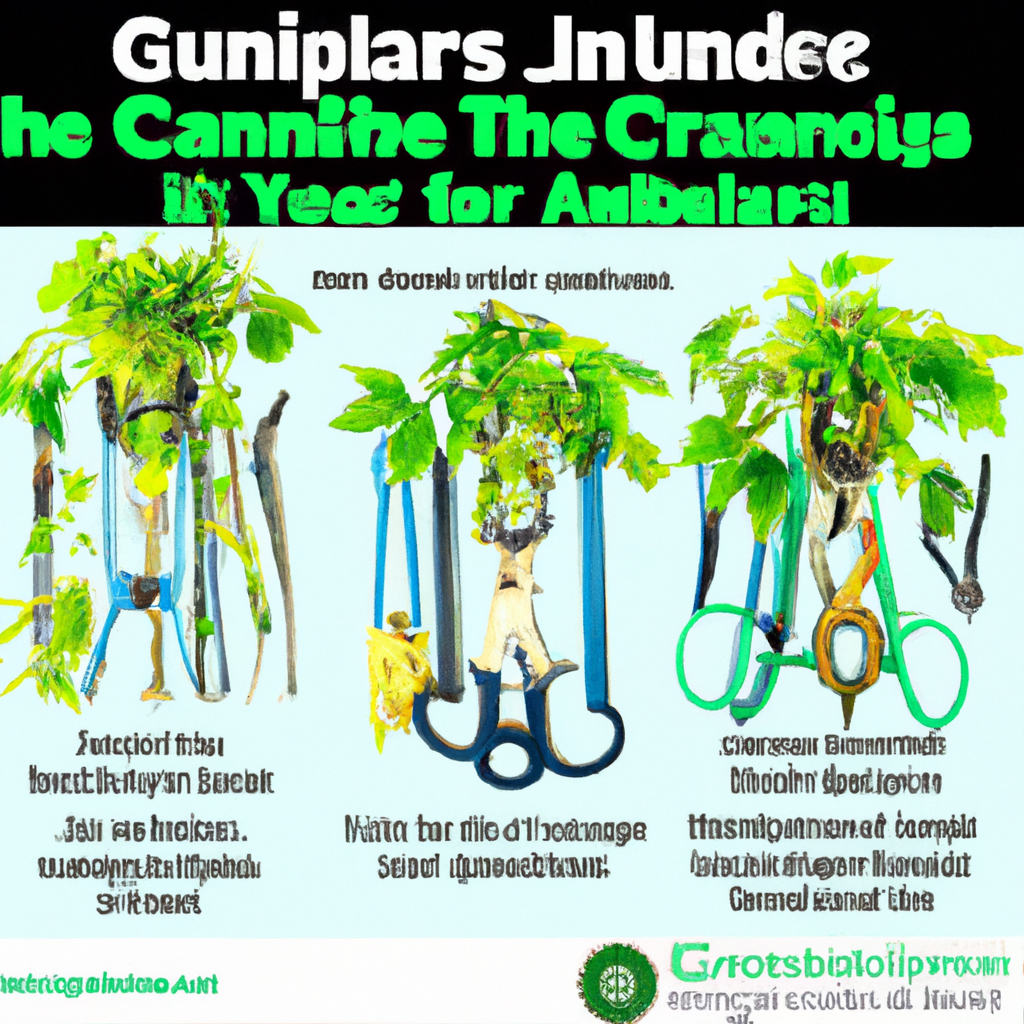By John “Magic” Greenleaf
Tagline: “Growing greatness, one strain at a time.”
Introduction
For beginner cannabis cultivators, the art of pruning can often seem like a daunting task. However, implementing proper pruning techniques can drastically improve your plant’s health and increase yield. As a seasoned grower in Colorado’s high-altitude climate, I’ve witnessed firsthand the transformative power of effective pruning strategies.
Why Pruning is Essential
Understanding the purpose of pruning is the first step in mastering this essential skill. Pruning helps remove dead or underperforming parts of the plant, allowing the plant to focus its energy on producing healthy buds. Additionally, it enhances light penetration and airflow, reducing the risk of pests and diseases.
- Maximizes Light Exposure: By removing excess foliage, you ensure that light reaches all parts of the plant, promoting balanced growth.
- Boosts Air Circulation: Well-pruned plants allow air to move freely, which is crucial in preventing mold and mildew, especially in humid spaces.
- Increases Yield: Redirecting the plant’s energy to the main bud sites can lead to significant yield improvements.
Basic Pruning Techniques
Topping
Topping involves cutting the main central stem of the plant, encouraging it to grow more main colas. This increases your yield potential and shapes the plant for better light absorption.
Fimming
A variation of topping, fimming involves cutting off about 75% of the top shoot. This shocks the plant similar to topping but with less precision, often resulting in multiple new branches.
Removing Fan Leaves
Fan leaves at the bottom of the plant are less efficient in photosynthesis due to limited light exposure. Removing them helps the plant focus energy on more productive areas.
Pruning Schedule for Beginners
While every grow is different, having a schedule in mind helps streamline the pruning process. Here’s a simple timeline to follow:
- Seedling Stage: Let your plants develop roots and a sturdy stem. This is not the time to prune.
- Vegetative Stage: Begin with topping or fimming once plants have developed 4-5 sets of true leaves.
- Pre-Flowering Stage: Focus on cleaning up lower foliage and any weak growths.
- Flowering Stage: Limit ongoing pruning. Light defoliation is fine, especially for light penetration.
Conclusion
Embracing pruning not only enhances plant health but also empowers you to be a proactive grower. These basic techniques will set the foundation for further exploration as you advance in your cultivation journey. Remember, practice makes perfect. Happy pruning!


Leave a Reply